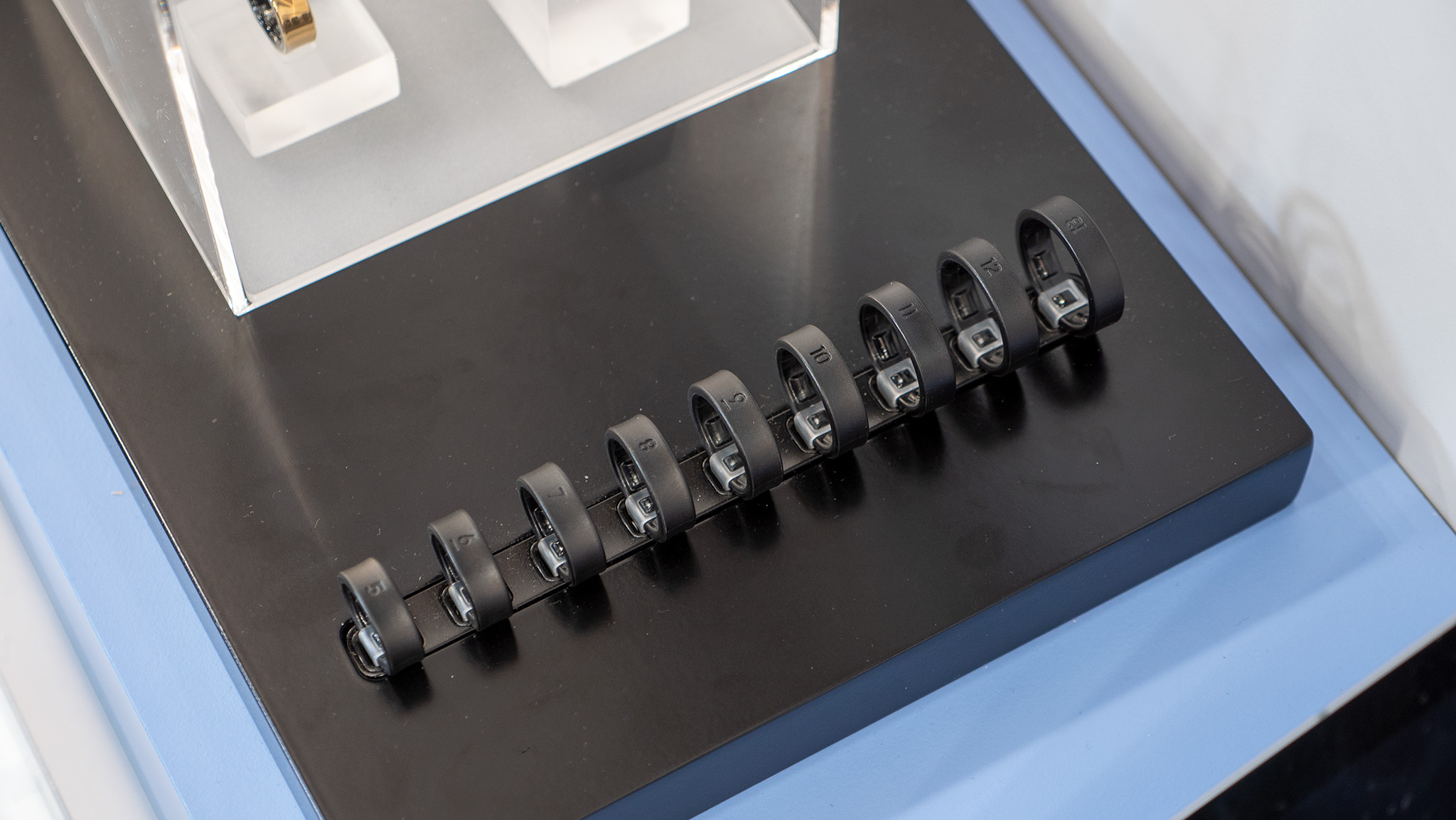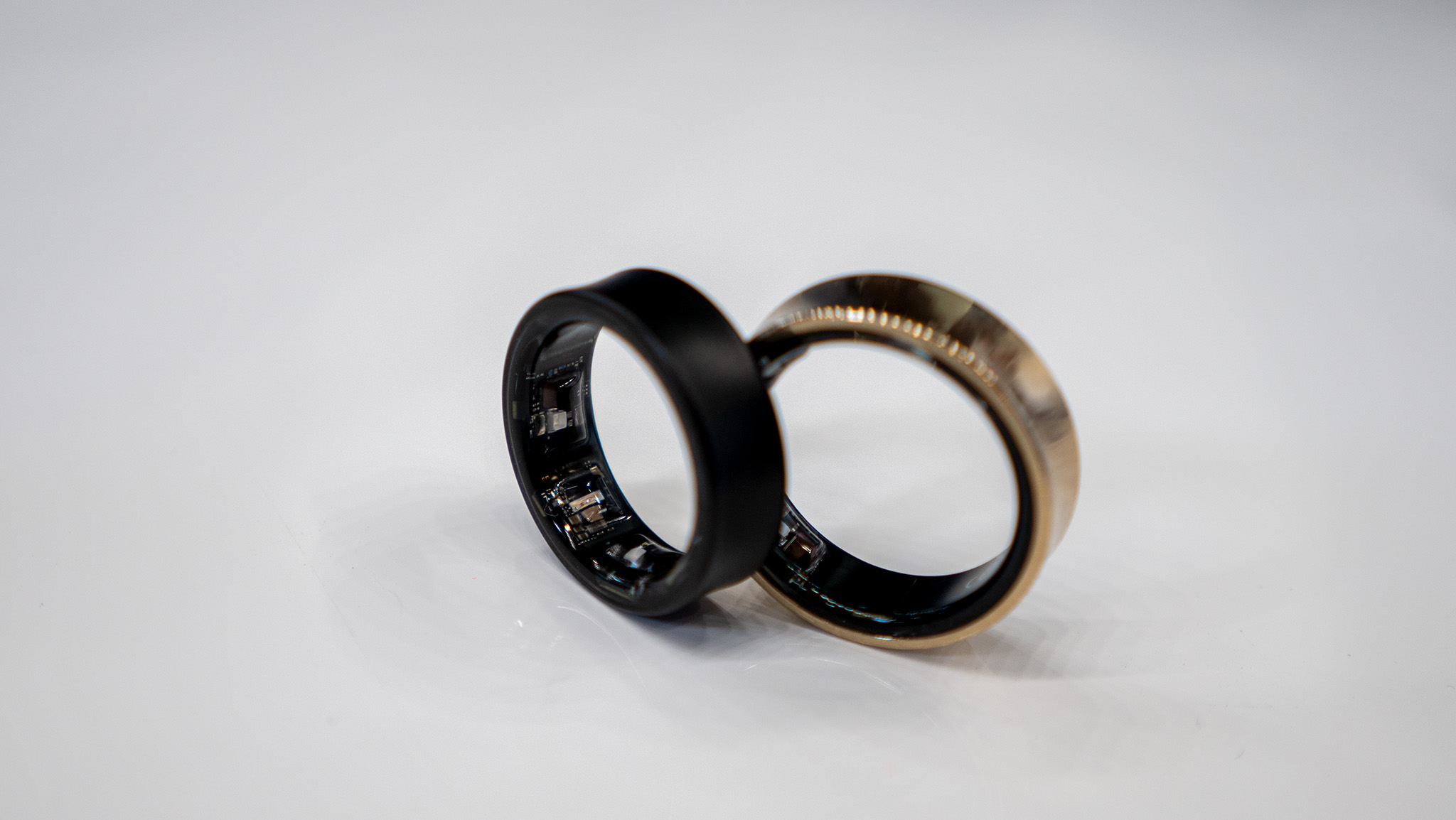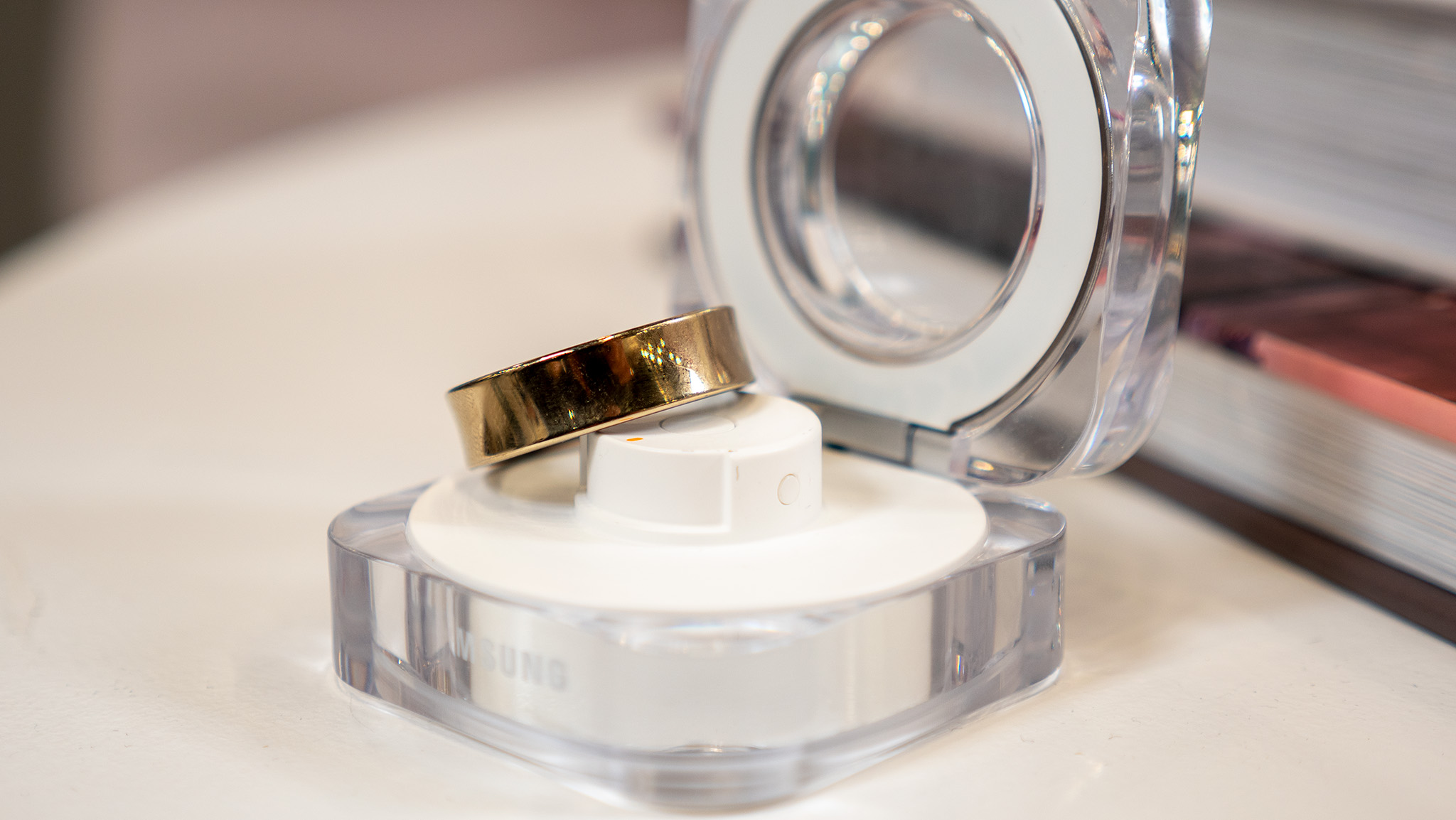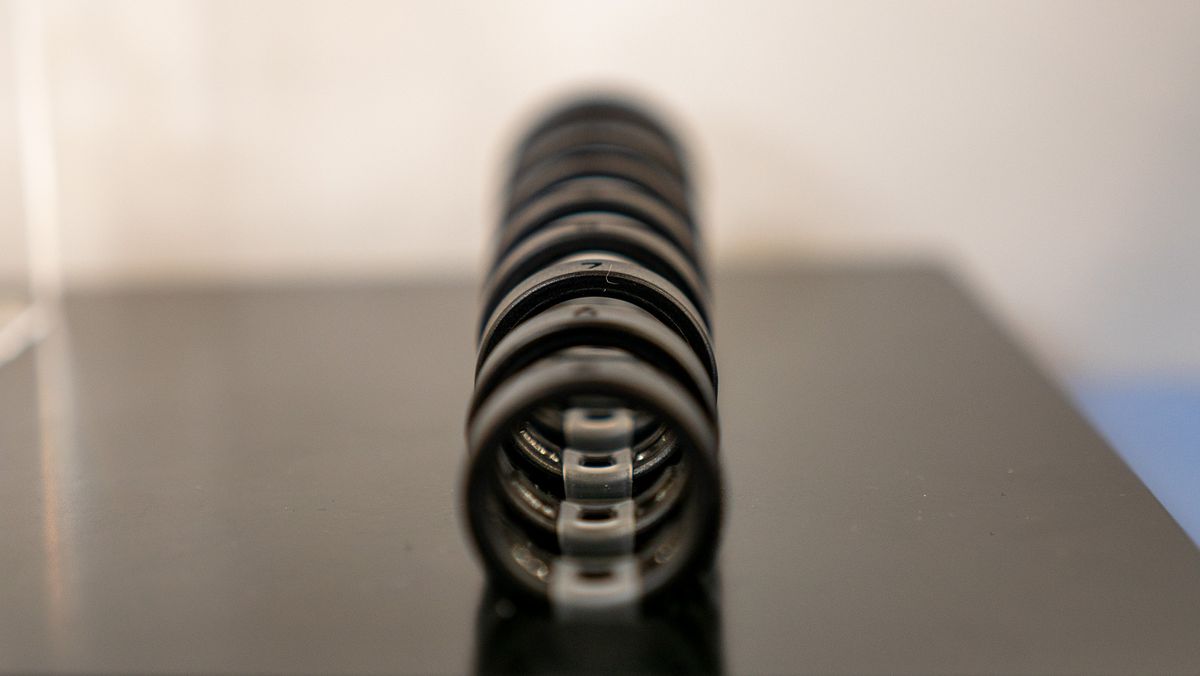Samsung, a leading tech company, recently launched its first smart ring called Galaxy Ring at the Galaxy Unpacked event in Paris. The new wearable device offers various health monitoring features including sleep tracking with heart and respiratory rate tracking, movement monitoring, skin temperature changes for cycle tracking, heart-rate alerts when your heart rate gets too high, auto walking and running workout detection, and an inactivity alert (Fact 1).
The Galaxy Ring also comes with AI-powered Wellness Tips that provide tailored suggestions to improve your health metrics based on the data collected from the device (Fact 2). Samsung's Energy Score is a numerical representation of your overall health and fitness, which can be calculated based on various metrics such as sleep quality, workout duration and intensity (Fact 3).
Samsung's entry into the smart ring market follows Oura Ring, a well-known competitor in this category. The market for smart rings is still relatively small compared to the smartphone space but Samsung aims to offer health-tracking features that can rival Apple's push into the area (Fact 4).
The Galaxy Ring is Samsung's first product in the smart ring category and offers a more discreet way of tracking health metrics compared to traditional wearables like smartwatches or fitness bands (Fact 5). The device comes with features such as sleep tracking, menstrual cycle tracking, heart rate monitoring, and workout detection (Fact 6).
The Galaxy Ring is available for pre-order in the US from July 10 and for general sale on July 24. It comes in three colors: Titanium Black, Titanium Silver, and Titanium Gold. The ring weighs around 2.3-3 grams and has a concave design with an outer Titanium finish (Fact 7). The device is water-resistant with a 10ATM water-resistance classification and IP68 rating (Fact 8).
The Galaxy Ring lasts up to 7 days on a single charge for sizes 12 and 13, while smaller sizes have shorter battery life. The ring can be used to take photos or dismiss alarms on compatible Galaxy smartphones through gestures (Fact 9).






:format(webp)/cdn.vox-cdn.com/uploads/chorus_asset/file/25523762/galaxyring3.jpg)

:format(webp)/cdn.vox-cdn.com/uploads/chorus_asset/file/25523760/galaxyring4.jpg)